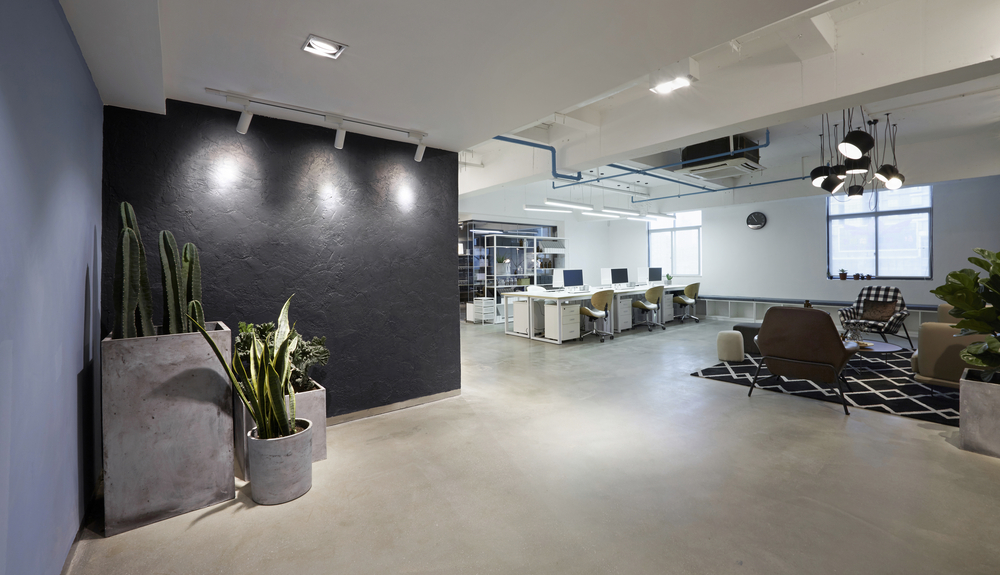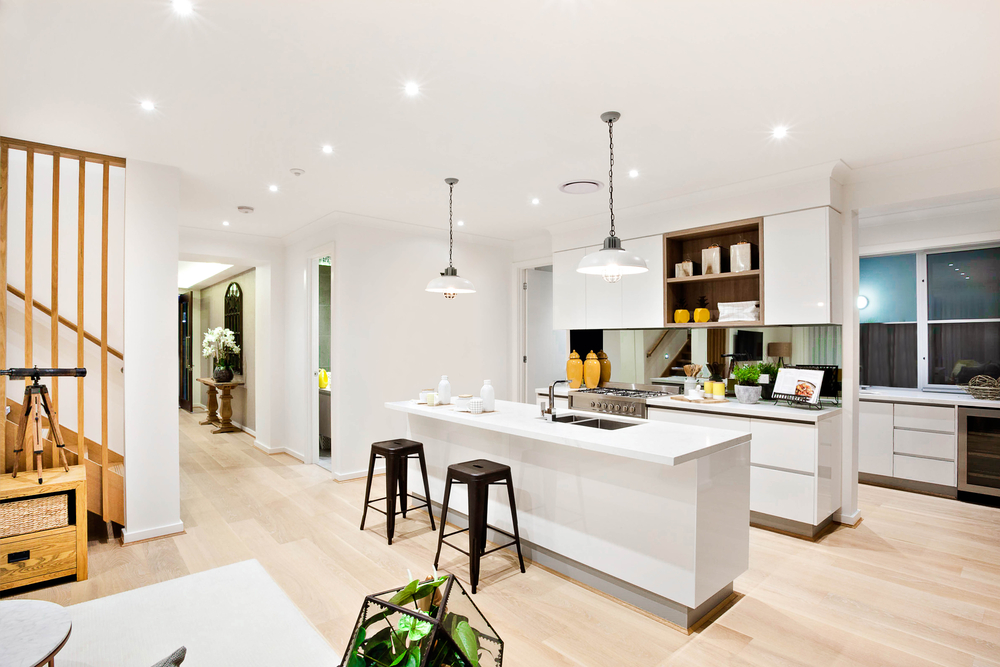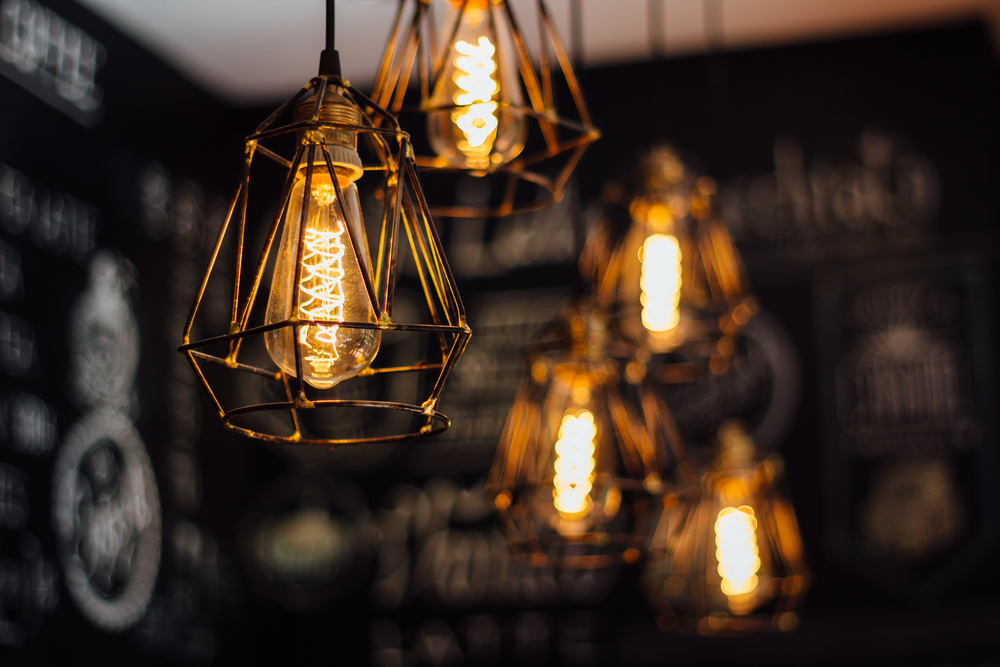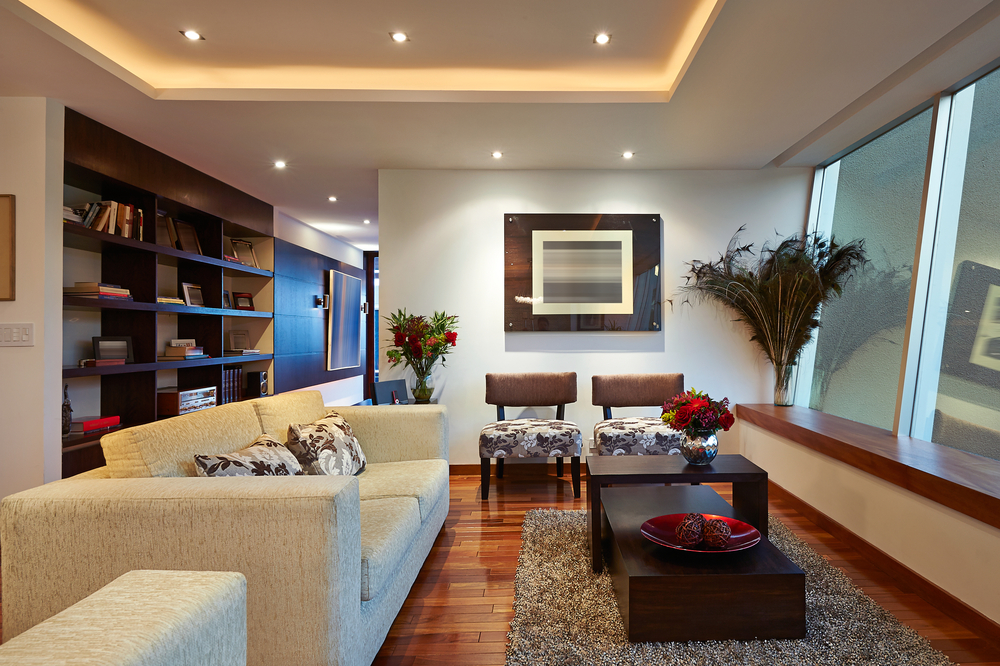
Lighting is an essential aspect of interior design that can make or break the overall ambiance of a room. When done correctly, lighting can enhance aesthetics, create a welcoming atmosphere, and improve functionality. However, it can leave a room feeling dreary and unwelcoming when done poorly. Therefore, it's essential also to understand the basics of indoor lighting to achieve the desired effect. This blog will discuss the six essential indoor lighting basics you must know this year.
Understand The Types Of Lighting
Ambient lighting, task lighting, and accent lighting are the three primary forms of lighting. Ambient lighting provides overall illumination to a space, such as ceiling-mounted fixtures, chandeliers, or wall sconces. Task lighting is designed to help you perform specific tasks, such as reading, cooking, or working, and includes desk lamps, under-cabinet lighting, and pendant lights. Accent lighting highlights a particular feature or object, such as art, plants, or architectural details, and can be achieved through spotlights, track lighting, or wall-mounted fixtures. Understanding the different types of lighting will help you choose the appropriate fixtures for your space.

Layer Your Lighting
Layering your lighting is an essential aspect of creating a well-lit room. By using a combination of ambient, task, and accent lighting, you can create a comfortable, inviting atmosphere. For example, in a living room, you might use a combination of a ceiling fixture for ambient lighting, table lamps for task lighting, and wall sconces for accent lighting. Start by selecting your ambient lightings, such as a ceiling-mounted fixture or chandelier, then layer in task lighting for specific areas, such as a desk or kitchen island. Finally, add accent lighting to highlight artwork, plants, or architectural details.

Choosing The Right Bulbs
Choosing the right bulbs for your lighting fixtures is crucial for creating the right atmosphere in a space. LED bulbs are also the most energy-efficient and long-lasting bulbs on the market, making them an excellent choice for indoor lighting. They come in a range of color temperatures, from warm to cool, and can be dimmed to adjust the mood of a room.
When selecting bulbs, it's essential to consider the color rendering index (CRI). The CRI measures how accurately colors are rendered under the light source. The greater the CRI, the more realistic the colors. A CRI of 80 or above is ideal for indoor lighting.

Consider The Color Temperature
The color temperature of your lighting can significantly affect the mood of a room. Warm light, with a color temperature of 2700K-3000K, creates a cozy, inviting atmosphere, while cool light, with a temperature of 4000K-5000K, is more energizing and invigorating. Consider the mood you want to create when choosing the color temperature of your lighting.
Use Dimmers
Dimmer switches are a great way to control the intensity of your lighting and create the desired ambiance. Adjusting the light level can create a more relaxed or energizing atmosphere as needed. Additionally, dimmers can help save energy and extend the life of your bulbs.
Consider The Height And Placement Of Fixtures
The height and placement of your lighting fixtures can significantly impact a room's overall look and feel. For example, a pendant light hung too high can create a disconnected and disjointed feeling, while a fixture placed too low can feel overwhelming and intrusive. Consider the size of the room, the ceiling height, and the light's intended purpose when deciding on the placement and height of your fixtures.
Finally, selecting the right lighting fixtures is crucial for achieving a space's desired look and feel. When selecting fixtures, consider the room's style and the space's function. For example, choose fixtures with clean lines and simple designs in a modern space, such as track lighting or pendant lights. In a more traditional space, chandeliers or sconces may be more appropriate.

Choose Energy-Efficient Options
Choosing energy-efficient lighting options saves you money on your energy bill and reduces your environmental impact. LED bulbs, for example, use significantly less energy than traditional incandescent bulbs and can last up to 25 times longer. Additionally, many energy-efficient bulbs are dimmable, making them an excellent option for creating the desired ambiance in your space.
Conclusion
Indoor lighting is an essential aspect of interior design that can significantly impact a room's overall look and feel. Understanding the basics of indoor lighting, including the types of lighting, layering, color temperature, the use of dimmers, the placement of fixtures, and energy-efficient options, can help you create a comfortable, inviting space that meets your needs. Considering these essential indoor lighting basics, you can transform your home into a welcoming oasis in which you’ll love spending time.










تعليقات (0)
اترك تعليقا